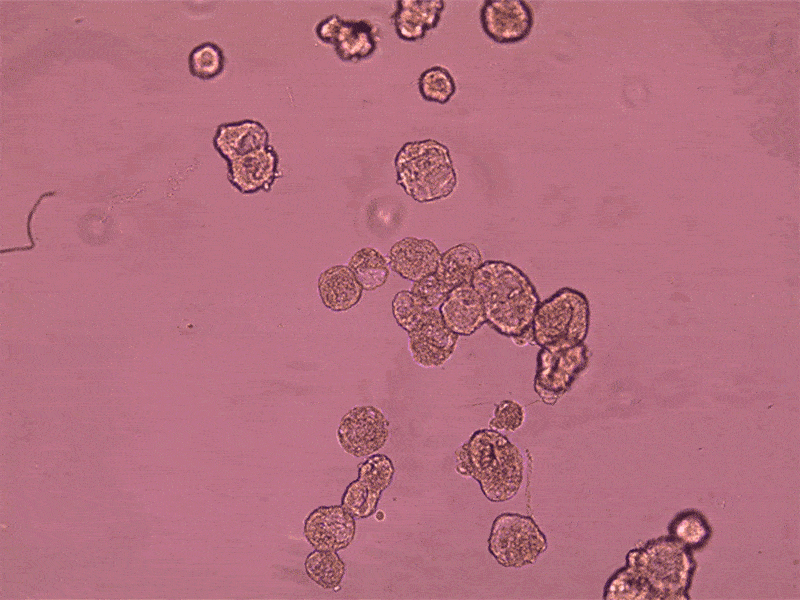
In a groundbreaking development, researchers have created a new class of multicellular, self-constructing biological robots. These bots are derived from human material — somatic progenitor cells, a type of stem cells.
These ‘Anthrobots,’ as they are named, are formed from adult human lung cells and exhibit remarkable abilities, such as self-construction and cilia-powered movement. This advancement not only improves understanding of cell plasticity but also opens new healing possibilities in regenerative medicine and robotics.
Small, functional robots
Each Anthrobot begins as a single cell, derived from the adult human lung. This early-stage bot then undergoes a sophisticated culturing process. In this process, it self-organizes into a multicellular motile structure with diameters ranging from 30 to 500 microns — comparable in size to the width of a human hair. This transition is pivotal, as the reduction in viscosity enables the outward-facing orientation of cilia, essential for movement.
It’s not the first time such bots were created. Biologist Michael Levin at Tufts University and his colleagues had previously developed tiny robots. But they were made from embryonic frog cells amnd there wasn’t really much you coud do with them.
Now, the new generation of Anthrobots are made form human cells. They can also perform a diverse type of behavior, moving in patterns from tight loops to straight lines, at speeds between 5 and 50 microns per second. This versatility is owed to their morphological diversity, with variations in body polarization and ciliation directly influencing their movement.
But what can they actually do?

Anthrobot, go heal
To test the anthrobots’ therapeutic potential, Levin and colleagues devised a test. They placed several of them on a small dish. The bots merged, forming a larger bot. The larger bot was then placed on a layer of scratched neural tissue. Within three days, the Anthrobot healed the tissue. This is remarkable because it wasn’t necessarily something the researchers were expecting to do — particularly without any genetic programming. In fact, the researchers weren’t sure what the bots would do.
Of course, it’s one thing to heal something in a petri dish and another to heal something in an actual human body. But this offers great hope for potentially personalized robots in the real of medicine.
The Anthrobots offer a new avenue for engineering complex tissues and structures without the need for direct genetic manipulation or manual sculpting. This capability holds immense promise for regenerative medicine, sustainable construction, and even space exploration. The potential to repair scratches in human neural cell sheets in vitro demonstrates their immediate relevance in biomedical contexts.
The research can also help researchers learn more about how to develop such bots.
Just the beginning for cell bots
A fascinating aspect of Anthrobots is their bilateral symmetry, which varies based on their movement type. Linear-moving Anthrobots exhibit higher degrees of bilateral symmetry a trait also observed in many natural species. This feature underscores the deep biological roots and potential of these synthetic constructs.
Also, it looks like Anthrobots display a correlation between distinct movement types and morphologies. This observation is crucial for understanding the macro-scale rules of self-assembly and manipulating their functional properties for specific applications. In other words, once we understand what difference cell collectives would do, then we can start to control them for more advanced tasks — perhaps even regrowing lost limbs.
Ultimately, the convergence of biology and engineering in the form of Anthrobots demonstrates the immense untapped potential of this approach. It challenges existing paradigms in biology and opens up uncharted territories in medicine and technology. We may be on the brink an exciting new frontier for personalized medicine.
The study was published in Advanced Science.
Was this helpful?
Thanks for your feedback!
This story originally appeared on ZME Science. Want to get smarter every day? Subscribe to our newsletter and stay ahead with the latest science news.
